Home>Home Appliances>Kitchen Appliances>How To Remove Burnt Food From Glass Stove Top
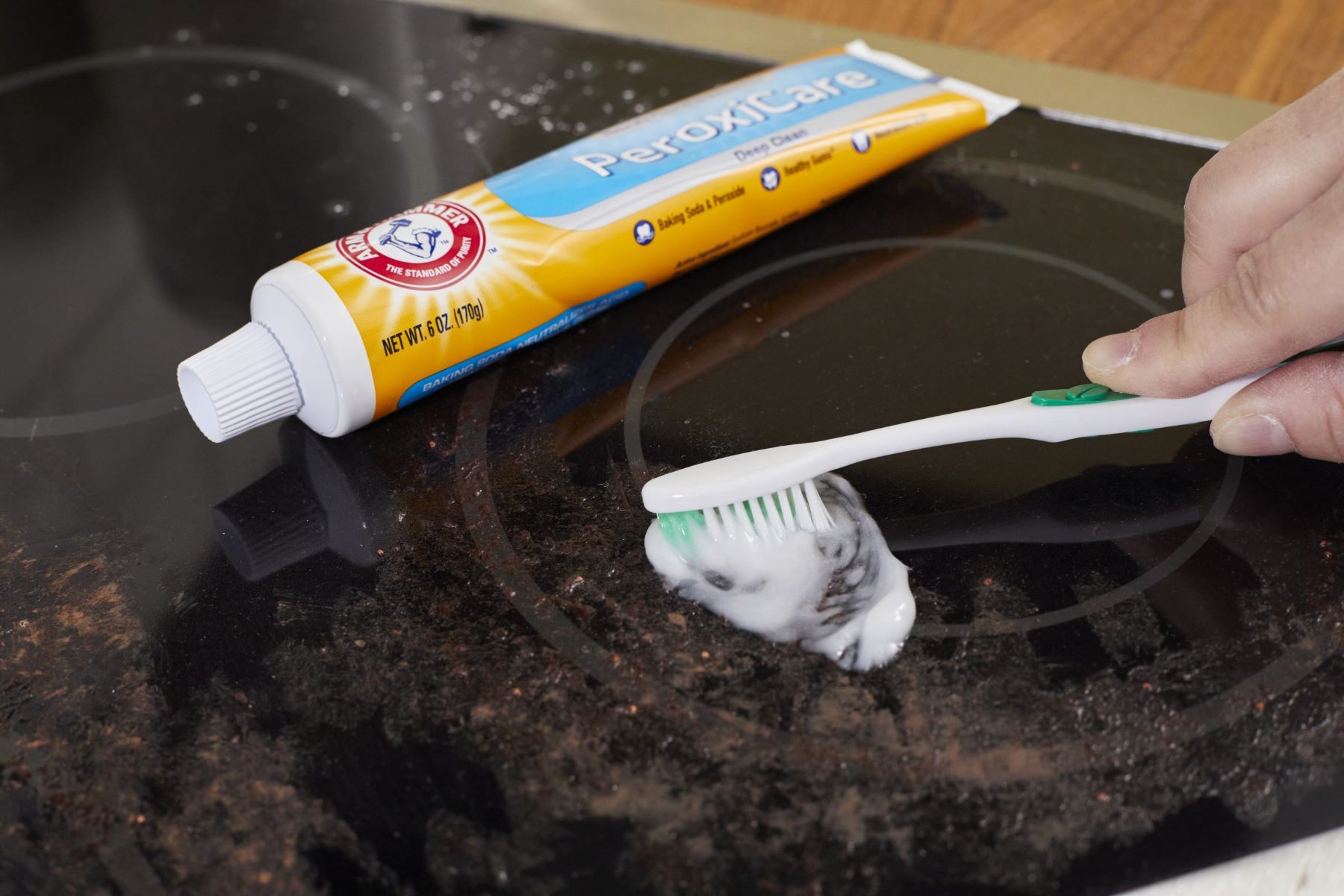

Kitchen Appliances
How To Remove Burnt Food From Glass Stove Top
Modified: February 26, 2024
Learn effective methods for removing burnt food from your glass stove top with our expert tips. Keep your kitchen appliances looking clean and spotless.
(Many of the links in this article redirect to a specific reviewed product. Your purchase of these products through affiliate links helps to generate commission for Storables.com, at no extra cost. Learn more)
Introduction
Dealing with a glass stove top can be a delightful experience, offering a sleek and modern look to any kitchen. However, the challenge arises when burnt food becomes an unwelcome guest on this pristine surface. Whether it's a spill from last night's pasta sauce or a mishap while searing a succulent steak, removing burnt food from a glass stove top requires a delicate touch and the right approach.
In this comprehensive guide, we will walk you through the step-by-step process of restoring your glass stove top to its former glory. By following these simple yet effective methods, you can bid farewell to stubborn burnt-on residue and welcome back the sparkling, unblemished surface that enhances the aesthetic appeal of your kitchen.
So, roll up your sleeves and get ready to revive your glass stove top with a few basic materials and a touch of elbow grease. With the right techniques and a positive attitude, you can conquer this culinary challenge and restore your glass stove top to its pristine condition. Let's dive into the process of removing burnt food from a glass stove top and reclaim the beauty of your kitchen appliance.
Key Takeaways:
- Say goodbye to burnt food on your glass stove top by cooling it down, removing loose debris, applying a gentle cleaning solution, and scrubbing with care. Your kitchen appliance will shine like new!
- Restore your glass stove top to its former glory with patience and the right tools. From cooling down to meticulous scrubbing, each step is essential for banishing burnt-on residue and reclaiming a sparkling, unblemished surface.
Read more: How To Remove Burnt Food From Glass Cooktop
Materials Needed
To embark on the mission of removing burnt food from your glass stove top, you will need a few essential materials to ensure a successful and efficient cleaning process. These items are readily available and will equip you with the necessary tools to tackle the task at hand. Here's a list of the materials you'll need:
-
Soft Cleaning Cloth or Sponge: Opt for a non-abrasive cloth or sponge to avoid scratching the delicate surface of the glass stove top. Microfiber cloths are highly recommended for their gentle yet effective cleaning properties.
-
Razor Scraper or Scraper Tool: A razor scraper or specialized scraper tool designed for glass stove tops will come in handy for removing stubborn, burnt-on residue without causing damage to the surface.
-
Cleaning Solution: Choose a cleaning solution specifically formulated for glass stove tops. Alternatively, you can create your own effective solution using ingredients such as white vinegar, baking soda, or a mild dish soap.
-
Cooktop Cleaner or Polish: Invest in a high-quality cooktop cleaner or polish designed for glass surfaces. This product will help restore the shine and luster of your glass stove top after removing the burnt food residue.
-
Hot Soapy Water: Prepare a bowl of hot, soapy water using a mild dish soap. This will be used for initial cleaning and to soften the burnt-on food for easier removal.
-
Rubber Gloves: Protect your hands with a pair of rubber gloves to shield your skin from the cleaning solution and to provide a better grip while scrubbing the stove top.
-
Dry Towel or Cloth: Keep a dry towel or cloth nearby to wipe down the glass stove top after cleaning and to ensure a streak-free, polished finish.
By gathering these materials, you'll be well-prepared to tackle the task of removing burnt food from your glass stove top with confidence and efficiency. With the right tools at your disposal, you can restore the pristine condition of your glass stove top and elevate the overall appearance of your kitchen.
Step 1: Cool Down the Stove Top
Before diving into the cleaning process, it's crucial to ensure that the glass stove top has cooled down completely. This step is essential for safety reasons and to prevent any potential damage to the surface. Even after turning off the heat, the glass retains significant residual heat, which can cause burns if touched prematurely. Additionally, attempting to clean a hot stove top can lead to rapid evaporation of cleaning solutions, making them less effective in loosening burnt-on food particles.
To cool down the stove top, follow these simple yet important steps:
-
Turn Off the Heat: If the stove top is in use, turn off all burners and allow them to cool down naturally. It's important to ensure that no residual heat is emanating from the burners before proceeding with the cleaning process.
-
Wait for Complete Cooling: Give the glass stove top sufficient time to cool down completely. This may take anywhere from 30 minutes to an hour, depending on the intensity of the heat and the type of cookware used. Patience is key in this step to ensure a safe and effective cleaning process.
-
Check for Heat Indicators: Many modern glass stove tops are equipped with heat indicators that display a warning light when the surface is still hot. Keep an eye on these indicators to confirm that the stove top has cooled down to a safe temperature for cleaning.
By allowing the glass stove top to cool down thoroughly, you not only ensure your safety but also set the stage for a more effective cleaning process. With the stove top at a safe temperature, you can proceed to the next steps with confidence, knowing that you've taken the necessary precautions to protect yourself and the appliance.
This initial step sets the foundation for a successful cleaning endeavor, paving the way for the subsequent stages that will effectively remove the burnt food from the glass stove top.
Step 2: Remove Loose Debris
With the glass stove top now cooled down, it's time to address the presence of loose debris and food particles that may be lingering on the surface. This step is crucial as it sets the stage for the deeper cleaning process, allowing for better access to the burnt-on residue and ensuring a more effective overall cleaning.
To remove loose debris from the glass stove top, follow these detailed steps:
-
Use a Soft Cleaning Cloth or Sponge: Begin by gently wiping the surface of the stove top with a soft cleaning cloth or sponge. This initial wipe-down helps to dislodge any loose food particles, crumbs, or residue that may be sitting on the glass surface. Avoid using abrasive materials at this stage to prevent scratching the delicate glass.
-
Focus on Edges and Crevices: Pay special attention to the edges and crevices of the stove top, as these areas tend to accumulate debris that may have escaped initial notice. Use a gentle, circular motion to lift and remove any loose particles from these hard-to-reach areas.
-
Inspect and Clear Burner Openings: Carefully inspect the openings around the burners for any trapped debris or food particles. Use a soft cloth or a small brush to clear these areas, ensuring that the burners remain unobstructed for optimal performance.
-
Dispose of Debris: As you remove the loose debris, have a trash bin or disposable bag nearby to promptly dispose of the collected residue. This prevents the debris from resettling on the stove top and maintains a clean working environment.
By diligently removing loose debris from the glass stove top, you create a clean canvas for the subsequent cleaning steps. This preparatory phase sets the foundation for a more thorough and effective removal of the burnt food residue, ensuring that the cleaning process is carried out with precision and attention to detail.
With the loose debris cleared, the glass stove top is now ready for the next stage of the cleaning process, where targeted methods will be employed to tackle the stubborn burnt-on food and restore the pristine appearance of the appliance.
Use a mixture of baking soda and water to create a paste. Apply it to the burnt area and let it sit for 15 minutes. Then, gently scrub with a non-abrasive sponge to remove the burnt food from the glass stove top.
Step 3: Apply Cleaning Solution
After addressing the initial stages of cooling down the stove top and removing loose debris, it's time to introduce the cleaning solution that will work its magic on the stubborn burnt food residue. The application of a suitable cleaning solution is a pivotal step in the process of restoring the glass stove top to its pristine condition. Whether you opt for a commercial glass stove top cleaner or prefer to concoct your own effective solution using household ingredients, the key lies in selecting a gentle yet potent formula that can effectively break down the burnt-on food without causing damage to the glass surface.
To apply the cleaning solution to the glass stove top, follow these detailed steps:
-
Select the Appropriate Cleaning Solution: If using a commercial glass stove top cleaner, carefully follow the manufacturer's instructions for application and usage. Alternatively, if you prefer a DIY approach, consider creating a simple yet effective cleaning solution using white vinegar, baking soda, or a mild dish soap. These household ingredients are renowned for their cleaning prowess and are gentle enough to be used on glass surfaces.
-
Prepare the Cleaning Solution: If opting for a DIY cleaning solution, prepare it by mixing the ingredients in the appropriate proportions. For instance, a mixture of white vinegar and water in a 1:1 ratio can serve as an effective cleaning solution. Alternatively, a paste of baking soda and water can be used to tackle stubborn burnt-on residue.
-
Apply the Solution to the Stove Top: Using a spray bottle or a soft cloth, apply the cleaning solution evenly across the glass stove top. Ensure that the entire surface, including areas with burnt food residue, is adequately covered with the solution. Allow the solution to sit on the surface for a few minutes to penetrate and loosen the stubborn residue.
-
Target Stubborn Areas: For areas with particularly stubborn burnt-on food, apply a bit more of the cleaning solution and gently agitate the residue with a non-abrasive sponge or cloth. This targeted approach helps to further loosen the burnt food, making it easier to remove during the subsequent cleaning steps.
By applying the appropriate cleaning solution to the glass stove top, you set the stage for effectively tackling the burnt-on food residue. This crucial step allows the solution to work its magic, softening the stubborn residue and preparing it for the next phase of the cleaning process. With the cleaning solution in place, you're now ready to proceed to the next step of scrubbing the stove top and bidding farewell to the remnants of burnt-on food.
Read more: How To Remove Burnt On Grease From Stove Top
Step 4: Scrub the Stove Top
With the cleaning solution having worked its magic on the burnt-on food residue, it's time to roll up your sleeves and engage in the pivotal step of scrubbing the glass stove top. This stage requires a delicate yet determined approach, aiming to dislodge the softened residue and restore the pristine surface of the appliance. By employing the right tools and techniques, you can effectively remove the remnants of burnt food and unveil the sparkling glass beneath.
To scrub the stove top effectively, follow these detailed steps:
-
Utilize a Razor Scraper or Scraper Tool: Begin by using a razor scraper or specialized scraper tool designed for glass stove tops to gently scrape away the softened burnt-on residue. Hold the scraper at a low angle to the surface and apply light pressure, ensuring that you do not scratch or damage the glass. This targeted scraping action helps to lift the residue without causing harm to the delicate surface.
-
Employ a Non-Abrasive Sponge or Cloth: For areas with persistent residue, use a non-abrasive sponge or cloth to gently scrub the surface. Dampen the sponge or cloth with warm water and, if necessary, a small amount of the cleaning solution to aid in the removal of the remaining burnt food particles. Employ circular motions and gentle pressure to dislodge the residue without scratching the glass.
-
Focus on Stubborn Spots: Pay special attention to areas where the burnt-on food residue may be particularly stubborn. For these spots, apply a bit more of the cleaning solution and allow it to sit for a few moments before gently scrubbing with the non-abrasive sponge or cloth. This targeted approach helps to address lingering residue and ensures a thorough cleaning of the stove top.
-
Rinse and Inspect: Once the scrubbing process is complete, rinse the stove top with clean water to remove any remaining cleaning solution and loosened residue. Inspect the surface to ensure that all traces of burnt food have been effectively removed, and no residue or streaks remain.
By methodically scrubbing the glass stove top with precision and care, you can effectively remove the remnants of burnt food and restore the surface to its original luster. This pivotal step sets the stage for the final phase of the cleaning process, where the stove top will be wiped and dried to achieve a streak-free, polished finish.
Step 5: Wipe and Dry the Stove Top
After the meticulous scrubbing process, the glass stove top is now primed for the final step of wiping and drying. This critical stage not only ensures the removal of any remaining cleaning solution and residue but also sets the stage for achieving a streak-free, polished finish that showcases the pristine beauty of the appliance.
To effectively wipe and dry the stove top, follow these detailed steps:
-
Use a Clean, Dry Cloth: Begin by using a clean, dry cloth to gently wipe the entire surface of the glass stove top. Ensure that the cloth is free of any moisture or cleaning residue to prevent streaking or smudges on the glass surface.
-
Employ Circular Motions: When wiping the stove top, employ circular motions to ensure thorough coverage and to lift any remaining moisture or residue. This methodical approach helps to achieve an even and polished finish.
-
Inspect for Streaks or Residue: As you wipe the stove top, periodically inspect the surface for any streaks or residual residue. Address any remaining marks by continuing to wipe with the dry cloth until the surface is completely clean and free of streaks.
-
Dry the Surface: Once the initial wiping process is complete, use a separate dry cloth to further dry and polish the glass stove top. This additional step helps to eliminate any lingering moisture and ensures a gleaming, streak-free finish.
-
Buff for Shine: For an added touch of brilliance, gently buff the stove top with a microfiber cloth to enhance its shine. This final buffing action contributes to the overall luster of the glass surface, elevating its visual appeal.
By diligently wiping and drying the glass stove top, you complete the comprehensive cleaning process with finesse and attention to detail. This final step ensures that the stove top is not only clean but also gleaming with a radiant finish, ready to take its pride of place in your kitchen.
With the burnt food residue banished and the glass stove top restored to its pristine condition, you can now revel in the beauty of your kitchen appliance. This journey of rejuvenation has not only eliminated the remnants of burnt food but has also revitalized the aesthetic allure of the glass stove top, allowing it to shine as a focal point in your culinary space.
Conclusion
In conclusion, the process of removing burnt food from a glass stove top is a journey that requires patience, precision, and the right tools. By following the step-by-step guide outlined in this comprehensive article, you have embarked on a mission to restore the pristine beauty of your glass stove top and reclaim its status as a focal point in your kitchen. From cooling down the stove top to meticulously scrubbing away the remnants of burnt food, each step has been a deliberate and essential part of the cleaning process.
As you stand back and admire the gleaming surface of your glass stove top, it's evident that your efforts have paid off. The stubborn burnt-on residue has been banished, making way for a lustrous and unblemished appliance that enhances the overall aesthetic appeal of your kitchen. The meticulous application of the cleaning solution, coupled with the delicate yet determined scrubbing action, has resulted in a glass stove top that exudes brilliance and sophistication.
Not only has the physical appearance of the glass stove top been revitalized, but the cleaning process has also brought a sense of satisfaction and accomplishment. The removal of burnt food residue signifies a triumph over culinary mishaps and a testament to your dedication to maintaining a clean and inviting kitchen environment. With each wipe and polish, you have not only restored the surface of the appliance but have also revitalized the ambiance of your kitchen.
As you continue to utilize your glass stove top for culinary endeavors, you can take pride in the knowledge that it stands as a testament to your commitment to cleanliness and attention to detail. The removal of burnt food from the glass stove top has not only rejuvenated its appearance but has also elevated its functionality, ensuring that it remains a reliable and visually striking centerpiece in your culinary space.
In the end, the journey of removing burnt food from a glass stove top transcends mere cleaning; it is a testament to your dedication to maintaining a welcoming and aesthetically pleasing kitchen. With the knowledge and skills acquired through this guide, you are well-equipped to tackle future cleaning challenges and uphold the pristine condition of your glass stove top, ensuring that it continues to shine as a symbol of culinary excellence in your home.
Frequently Asked Questions about How To Remove Burnt Food From Glass Stove Top
Was this page helpful?
At Storables.com, we guarantee accurate and reliable information. Our content, validated by Expert Board Contributors, is crafted following stringent Editorial Policies. We're committed to providing you with well-researched, expert-backed insights for all your informational needs.
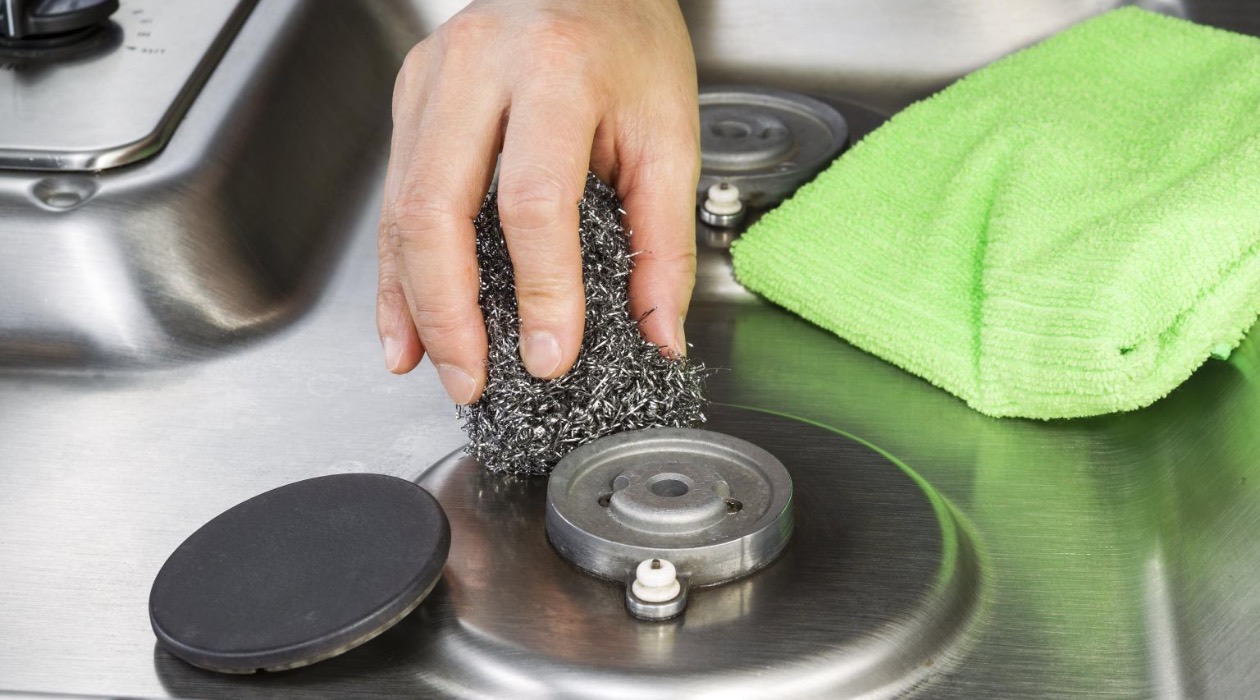
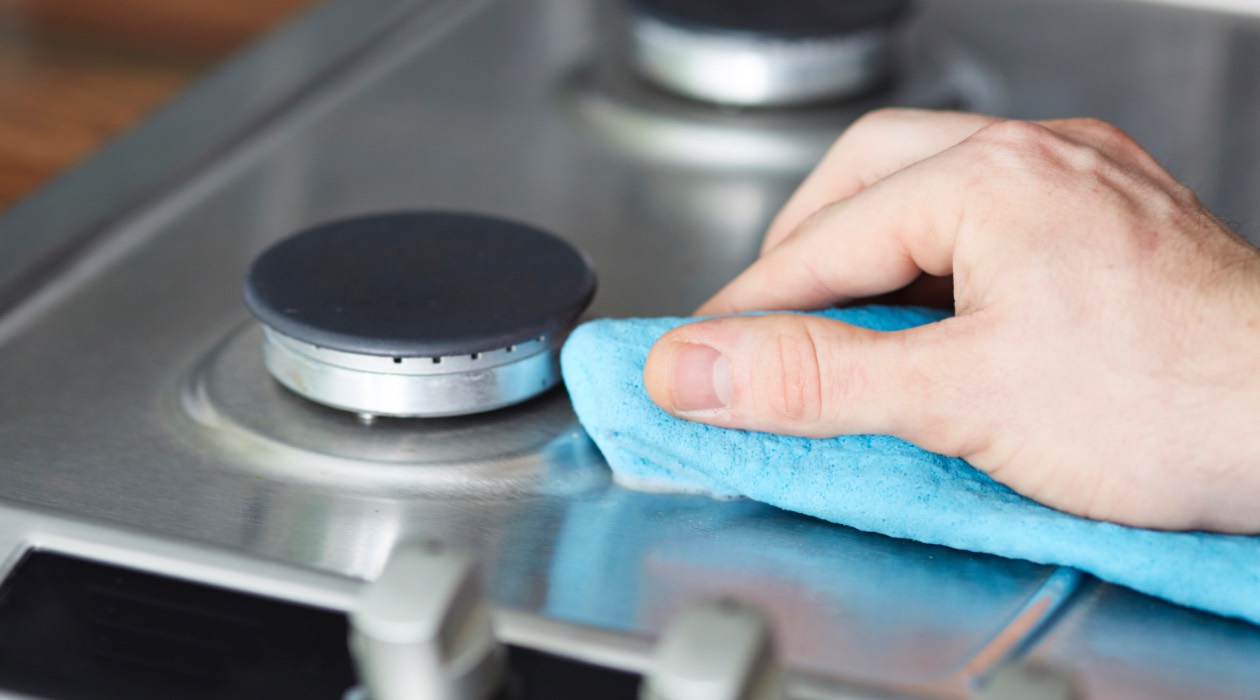
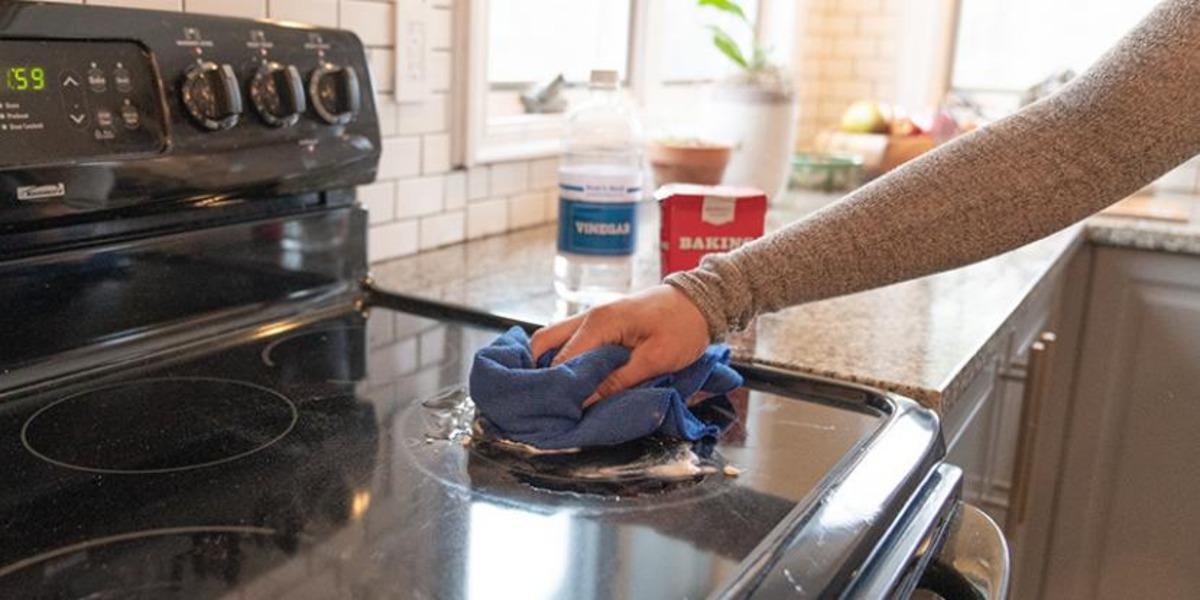
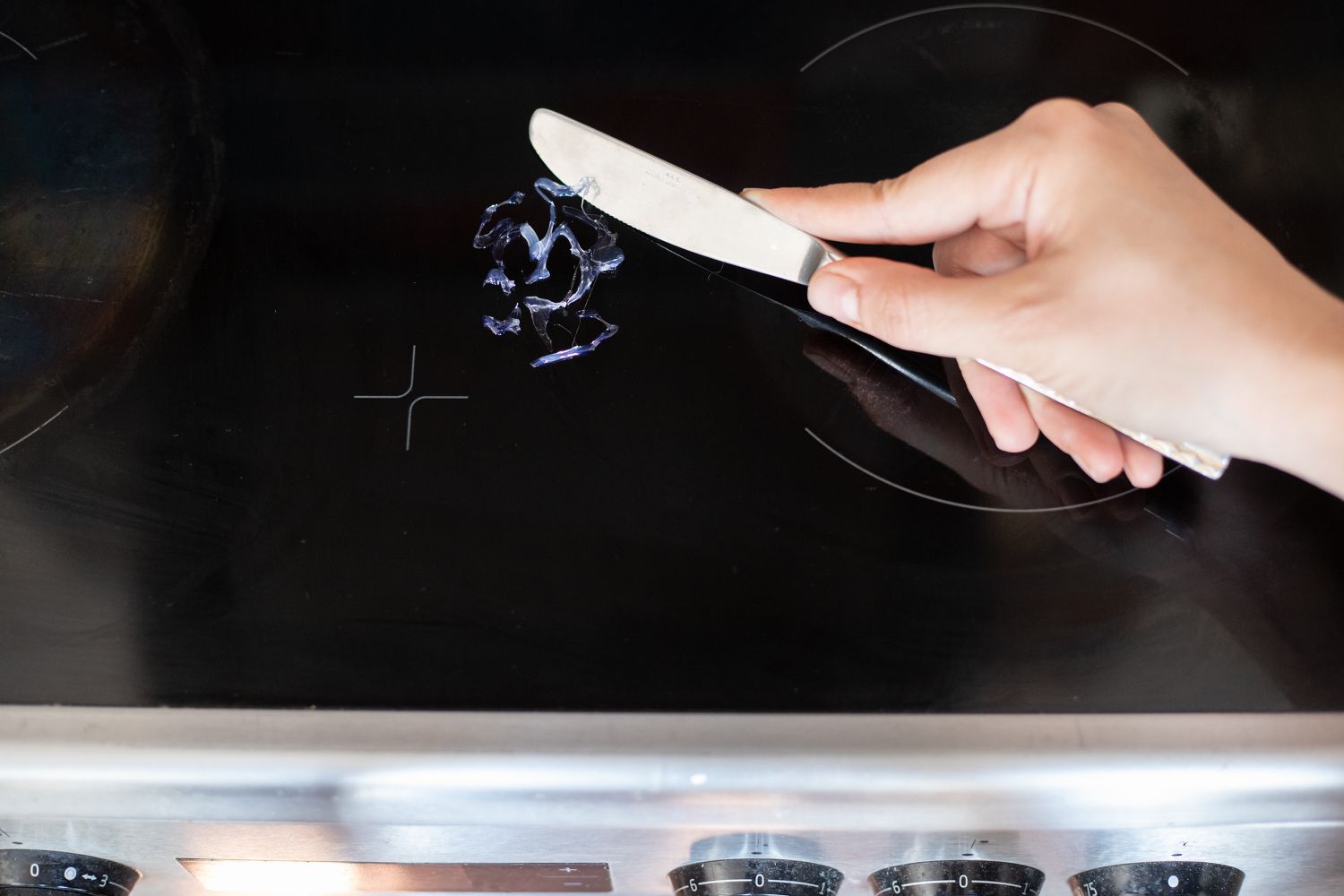
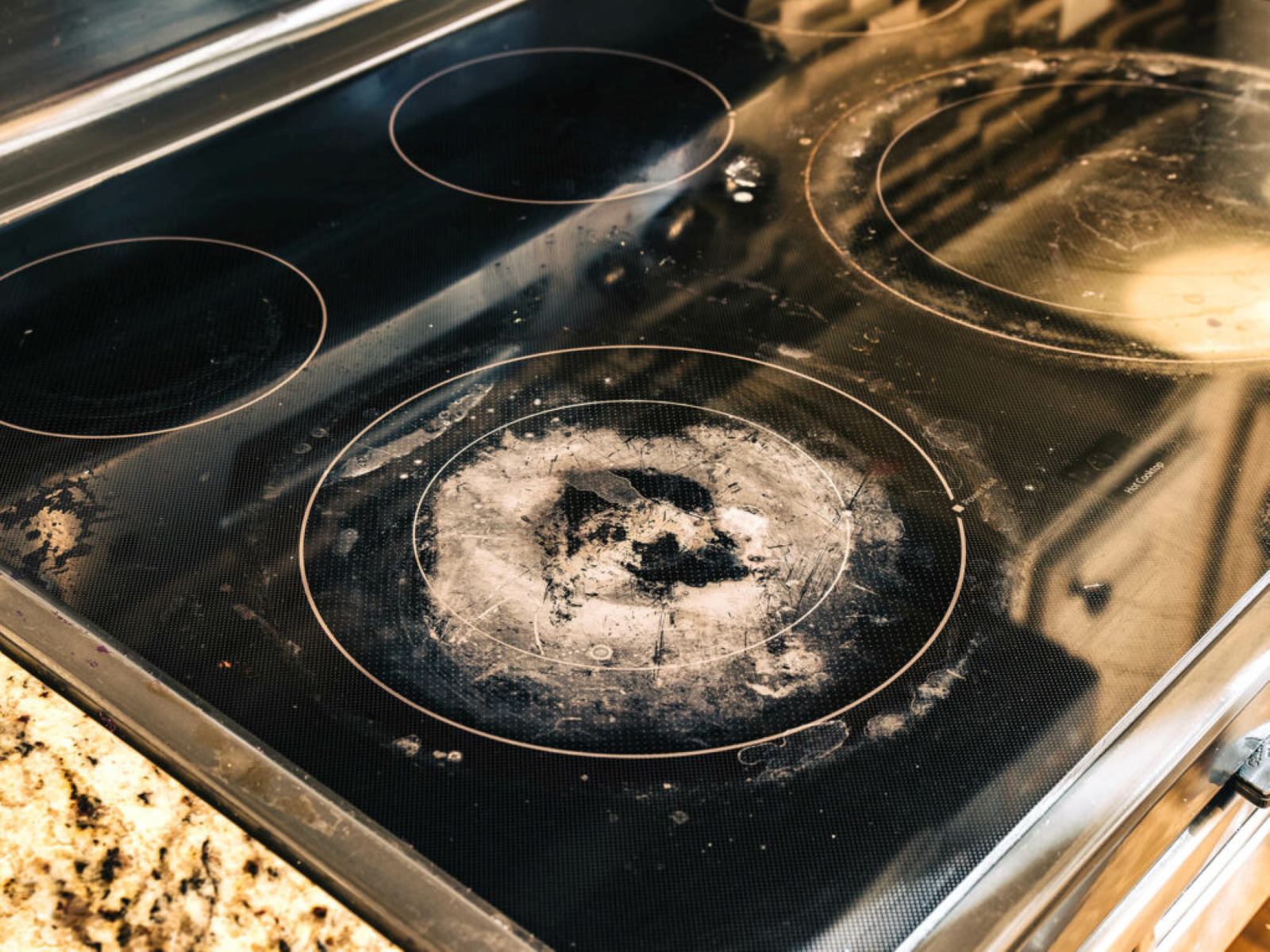
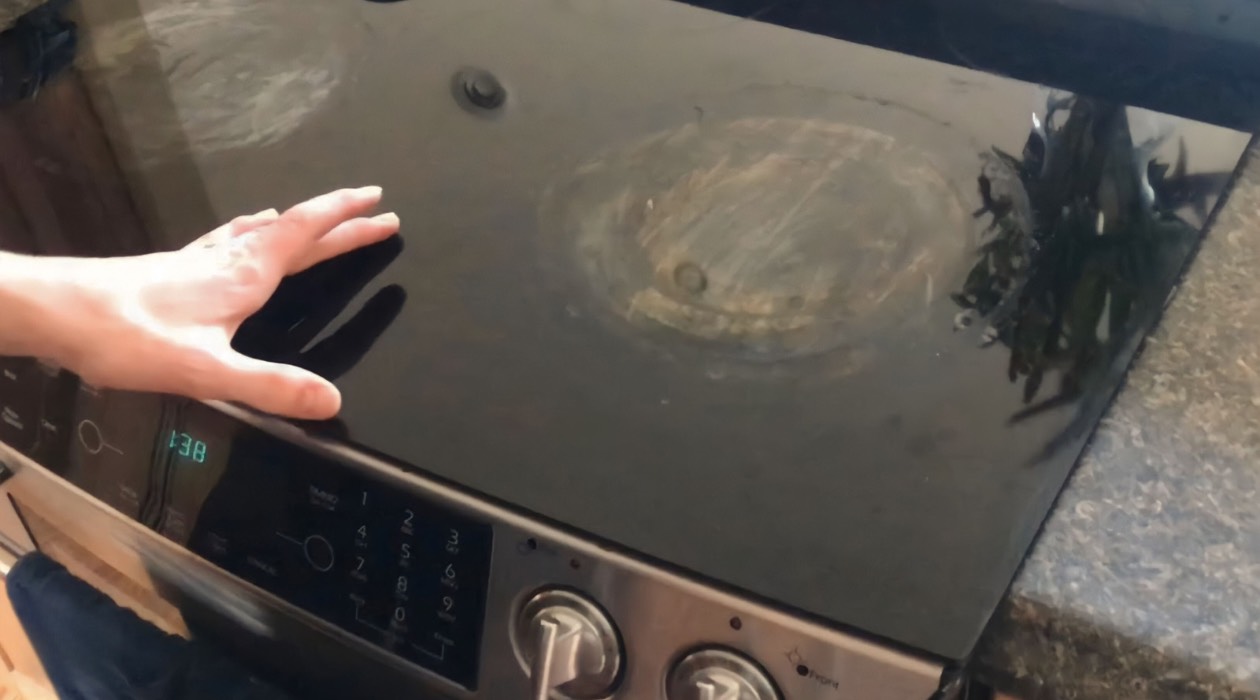
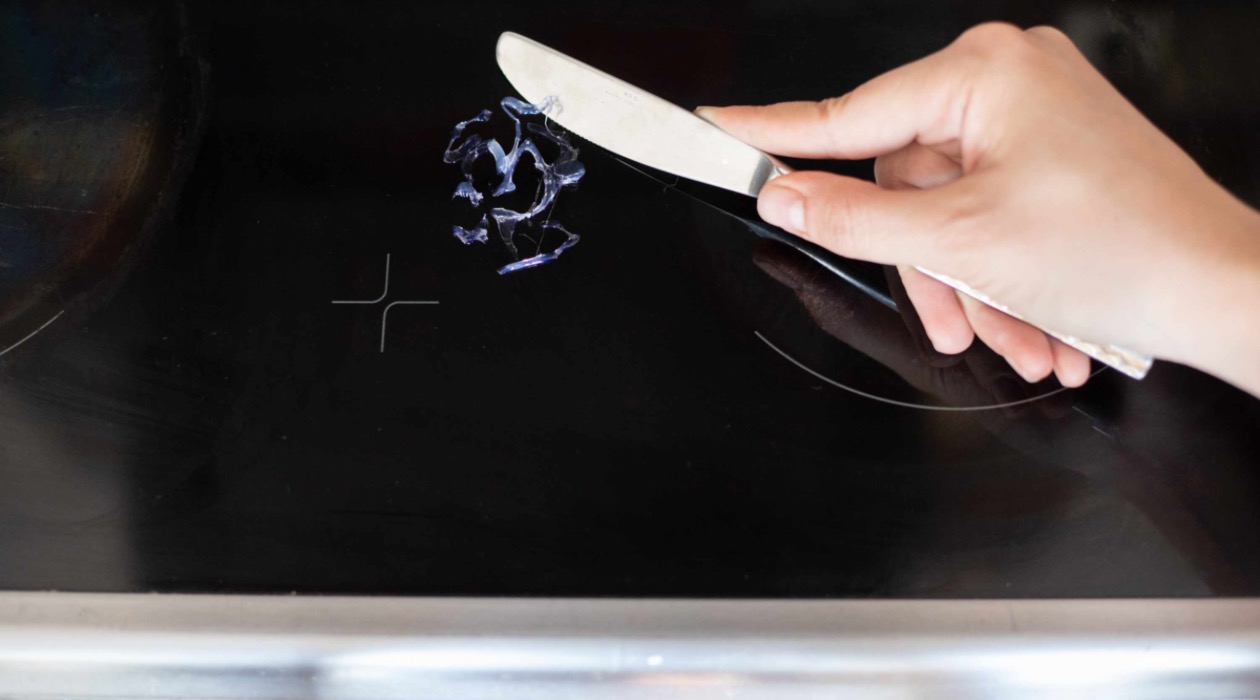
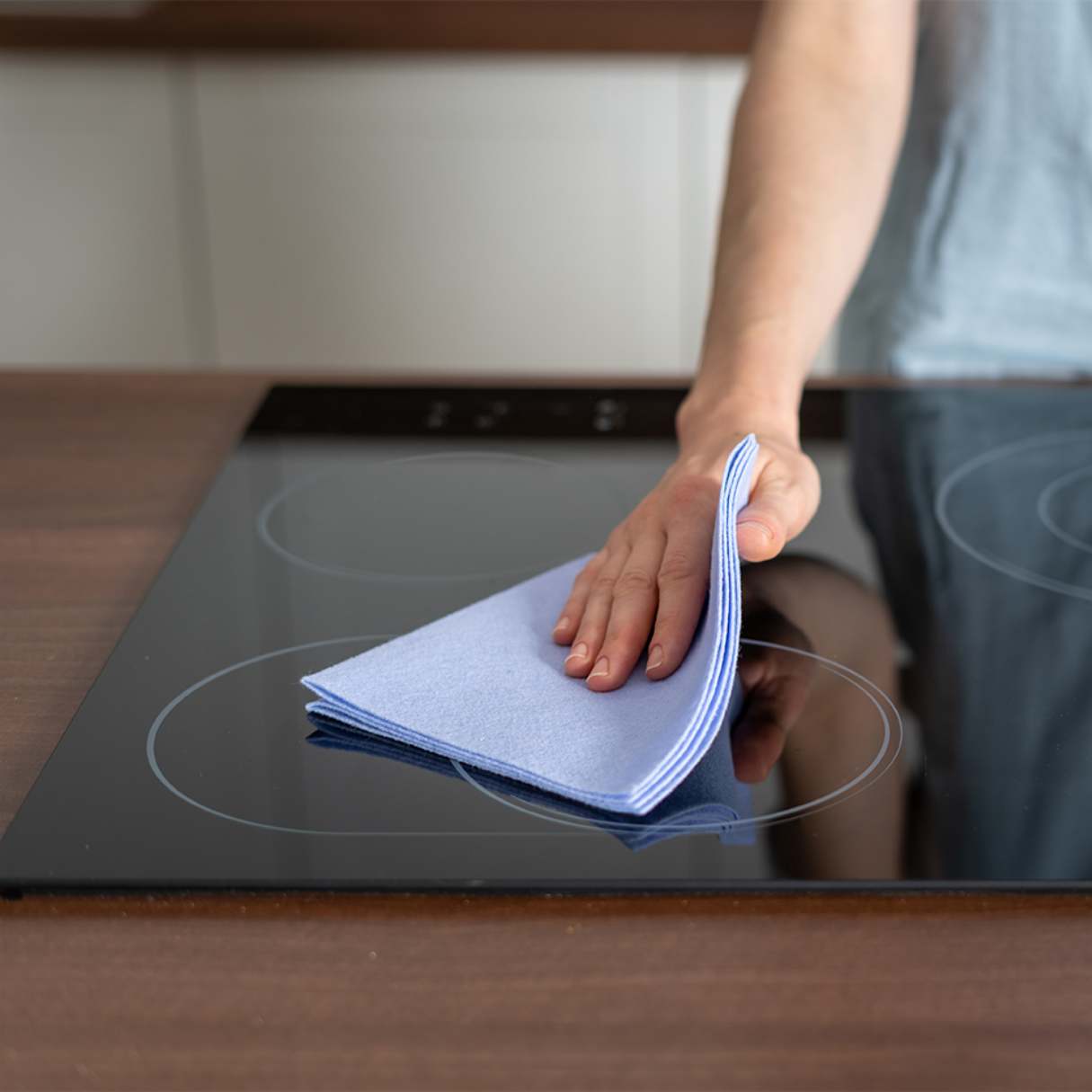
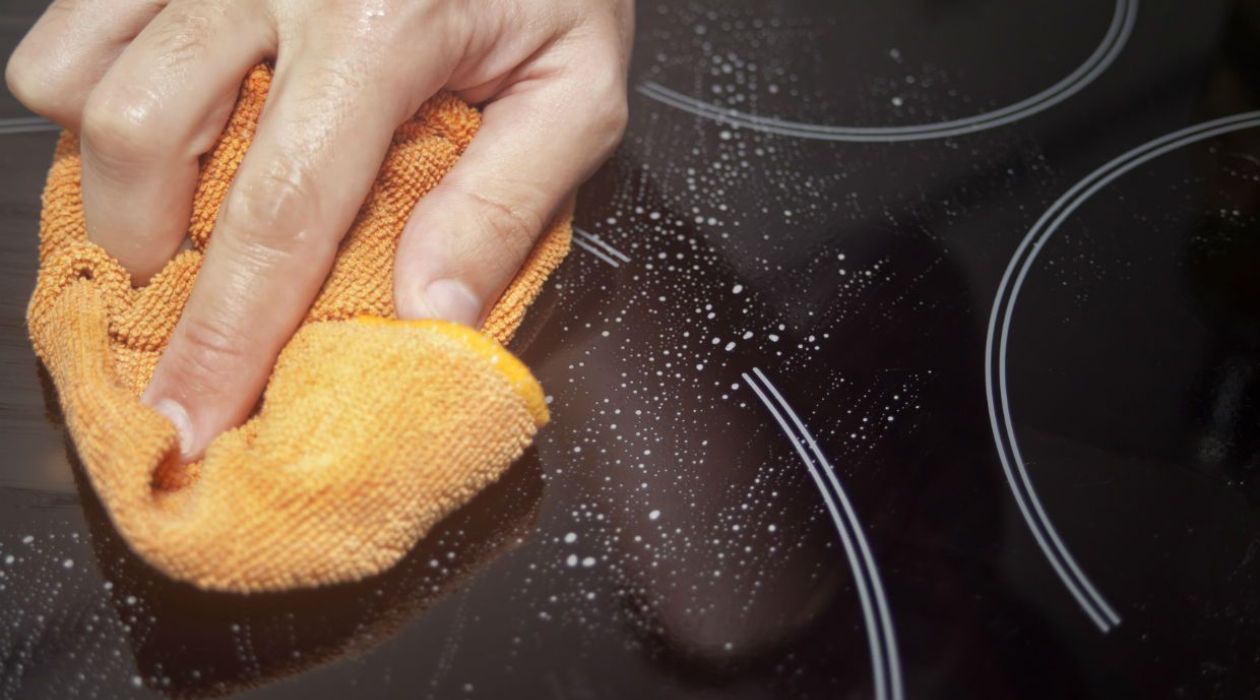
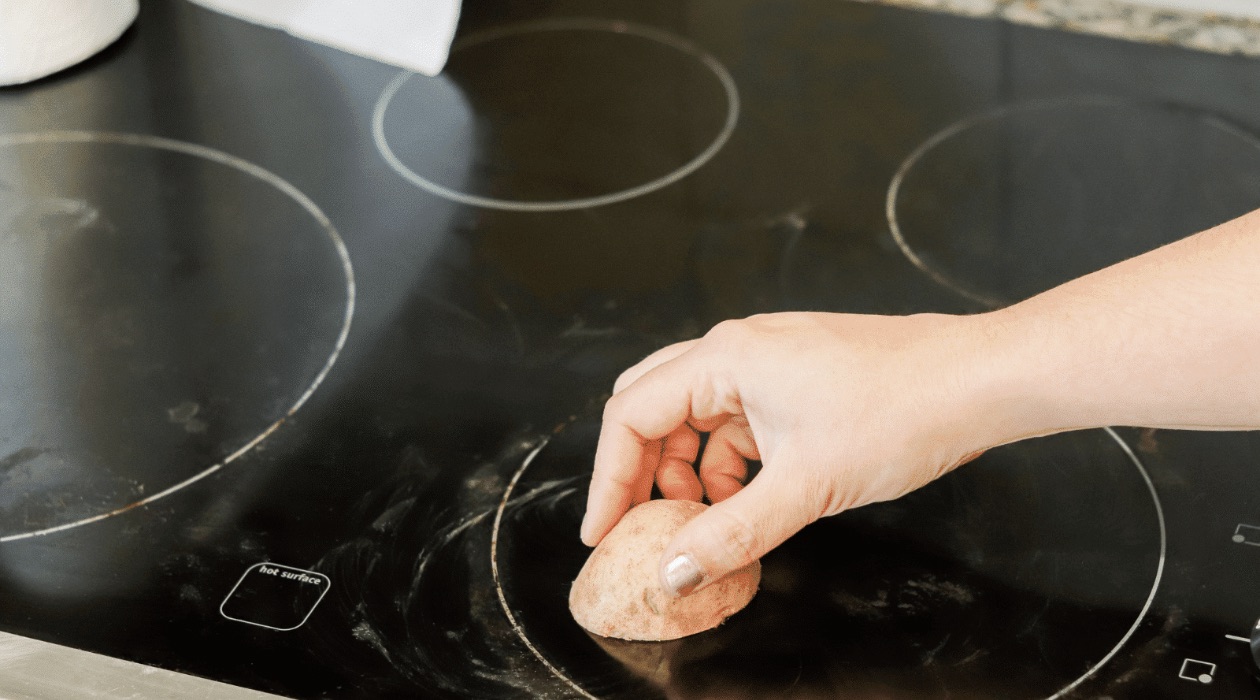
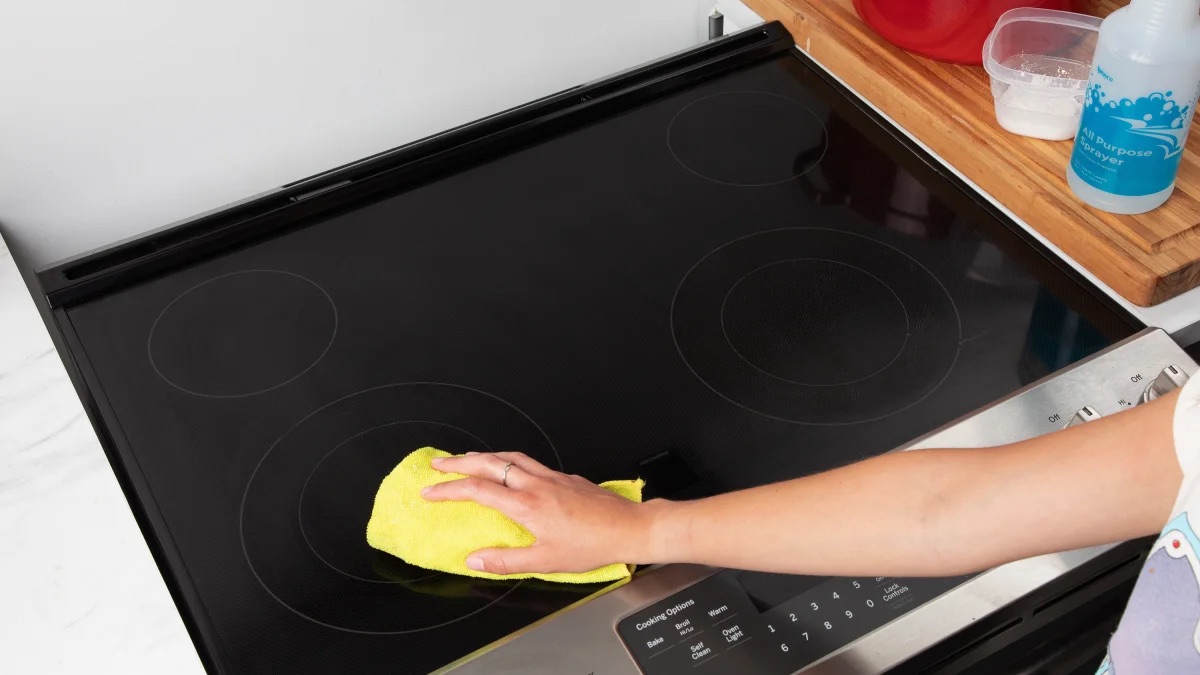
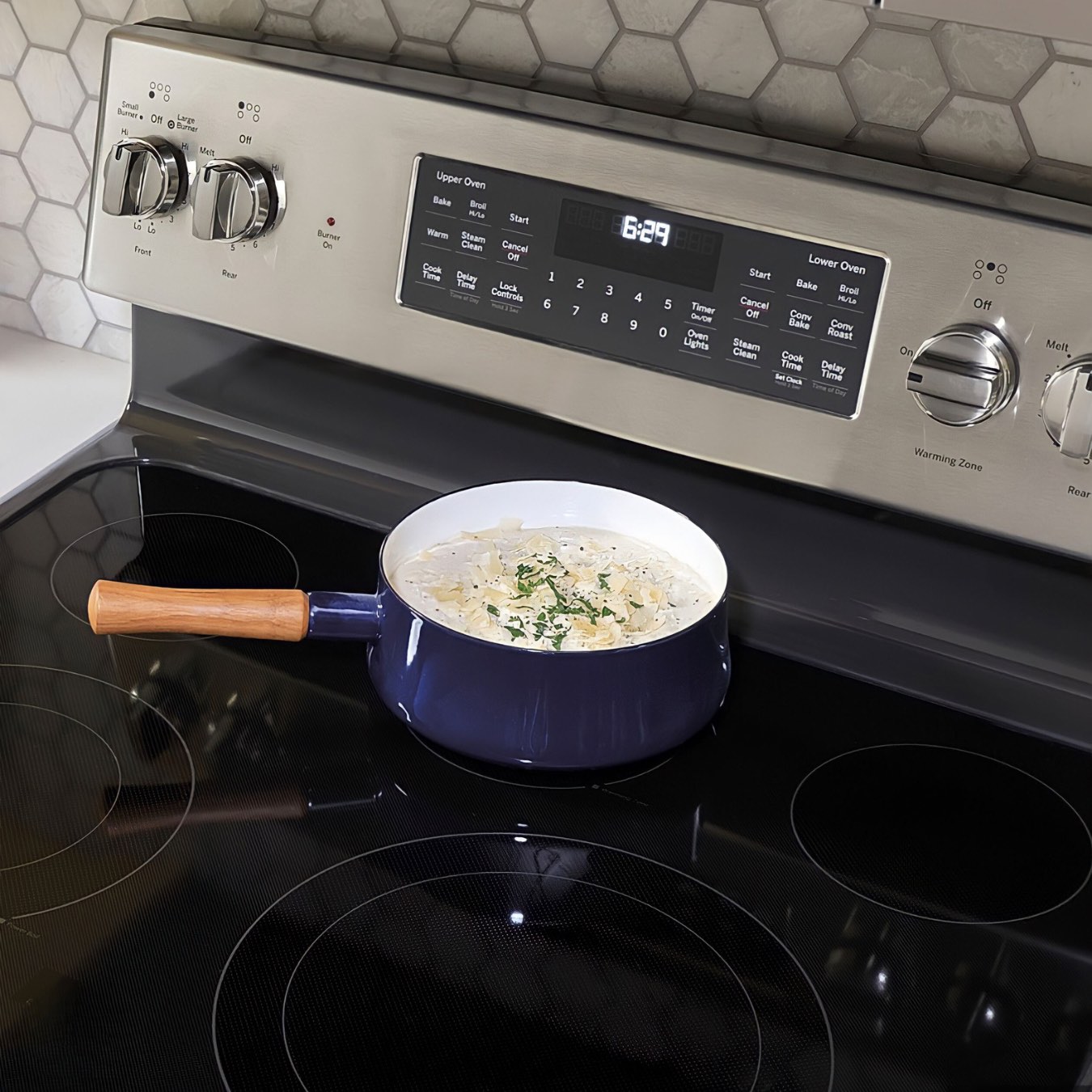
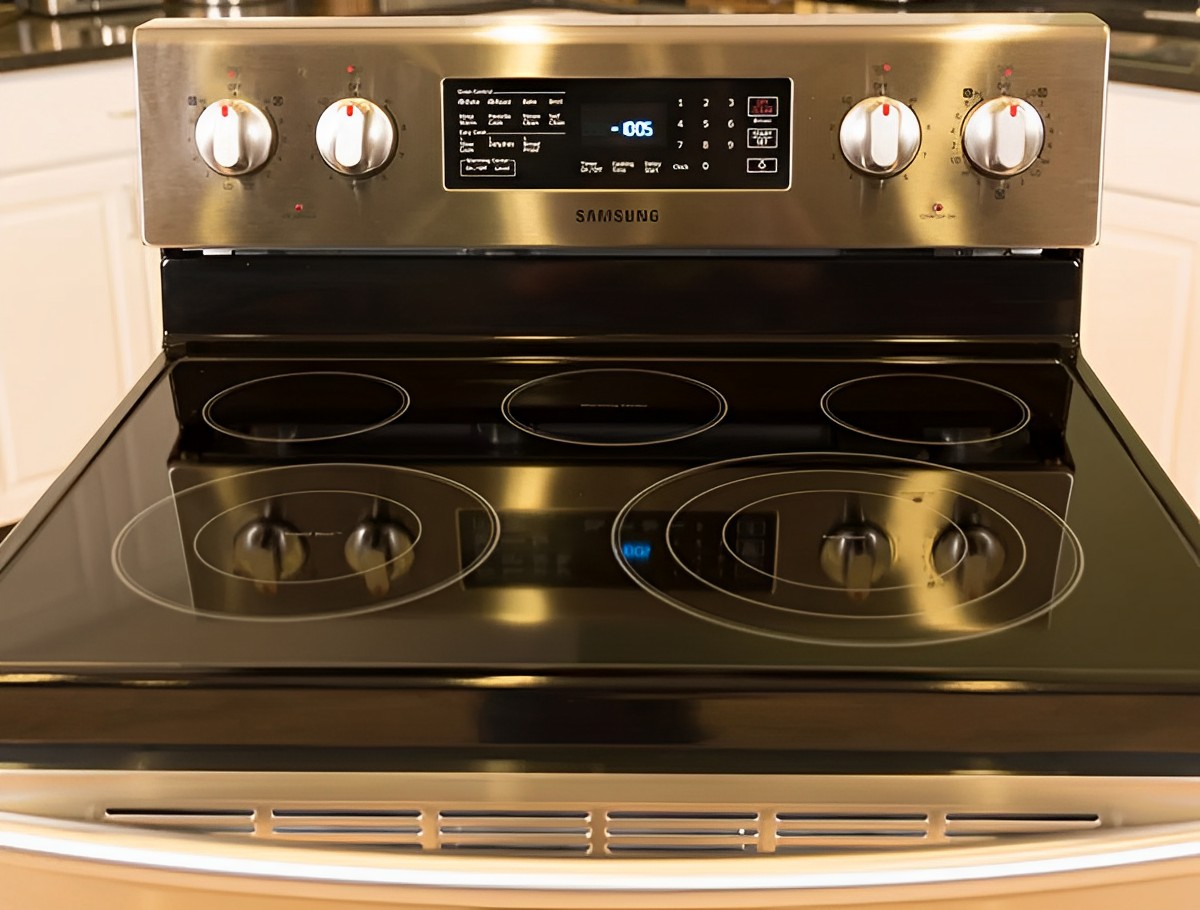
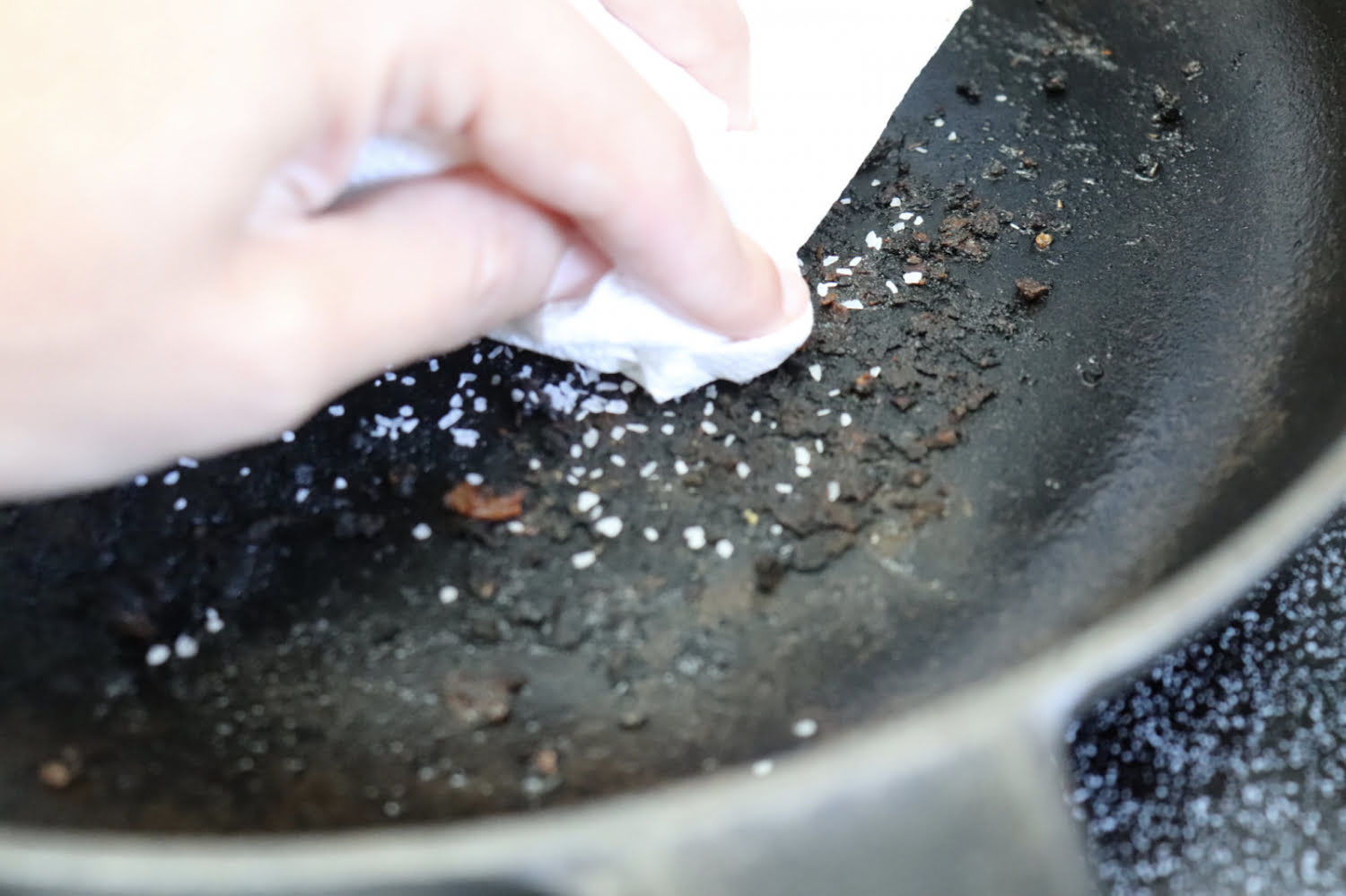

0 thoughts on “How To Remove Burnt Food From Glass Stove Top”